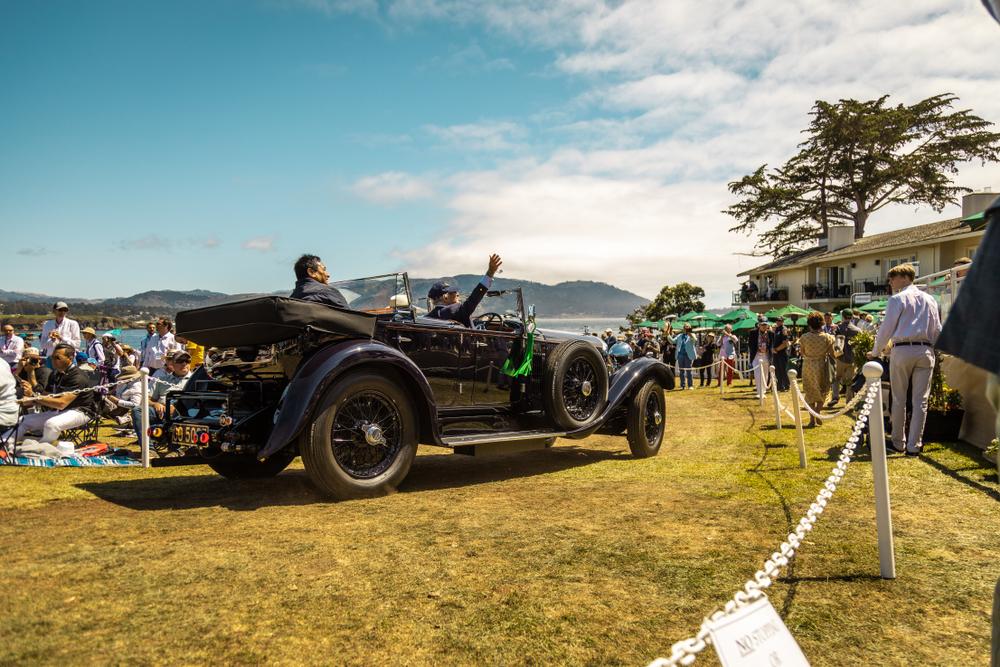Getting outside in the sunshine and fresh air is always fun—but add cars normally tucked away in private collections, now driving around on manicured lawns, for even more fun. That’s a concours d’elegance, an adventure worth considering, even if you think a Pontiac Aztek is pretty cool.
For enthusiasts of all things vehicular, from motorcycles to sportscars and everything in between, a car show is an enjoyable way to spend an afternoon casually admiring the entries amid the company of like-minded people. However, for the most discerning car aficionados, only a concours d’elegance will do.






